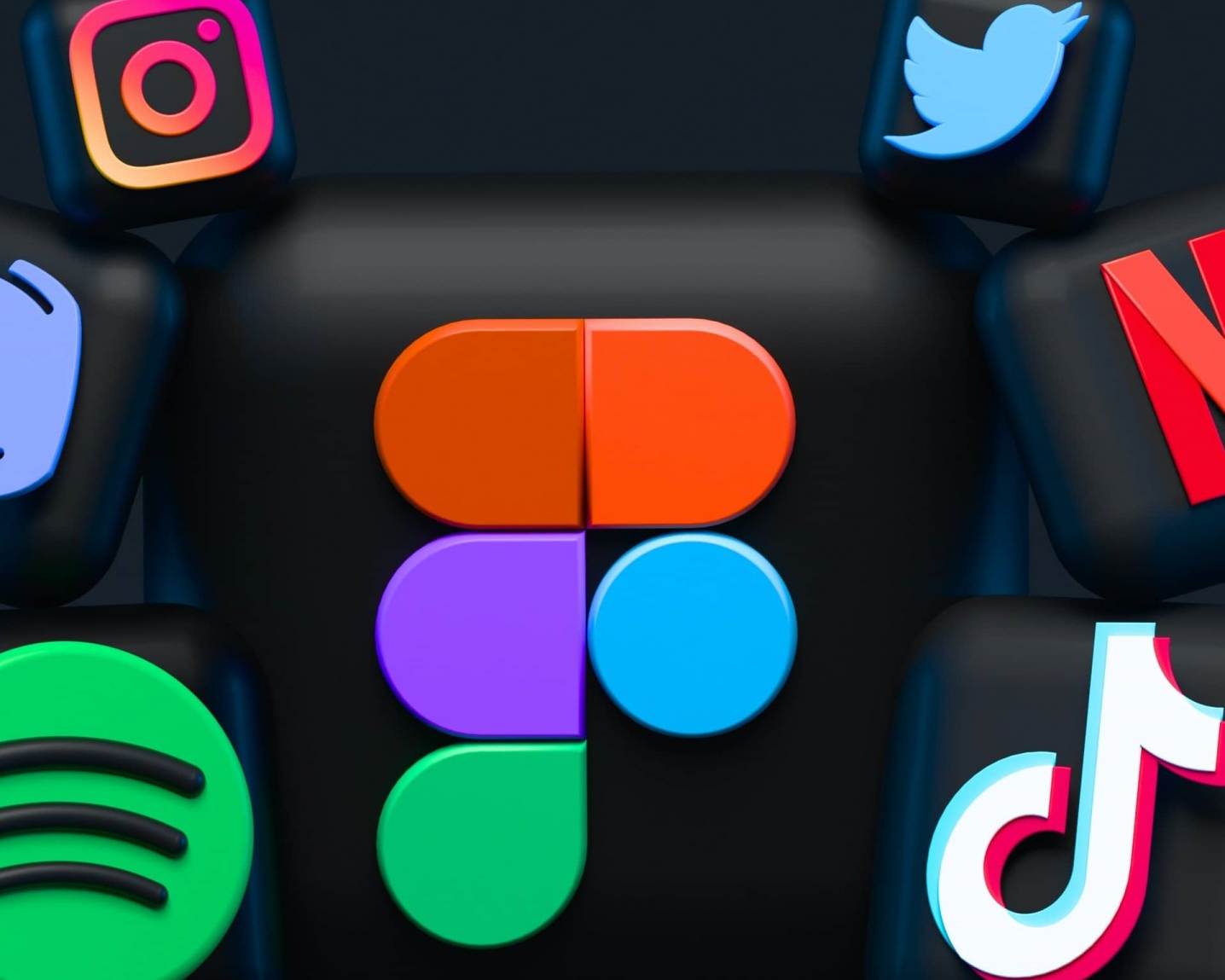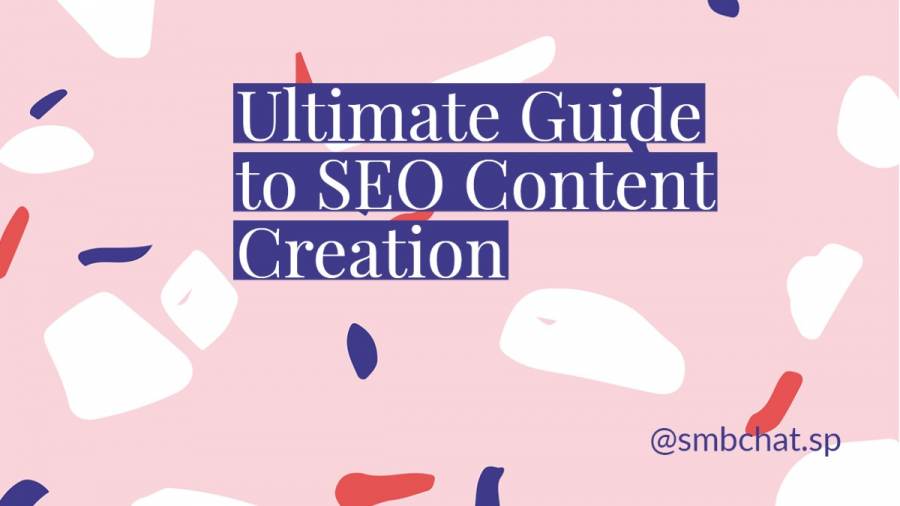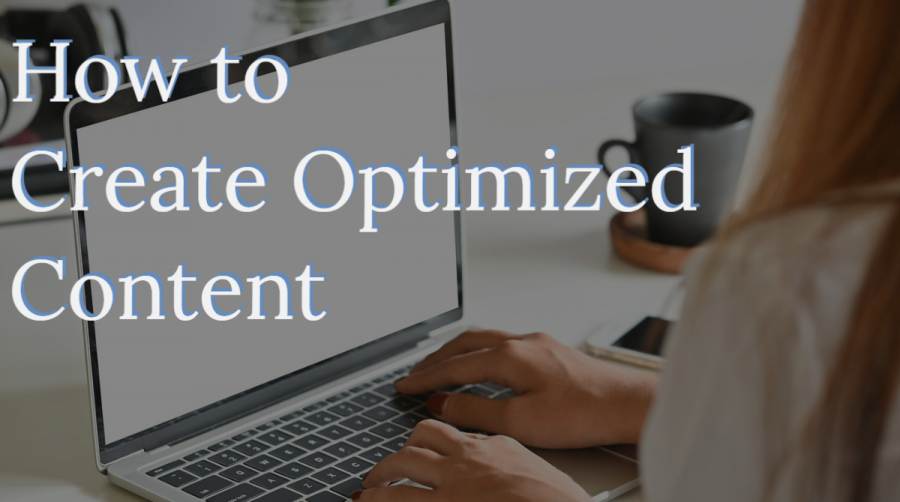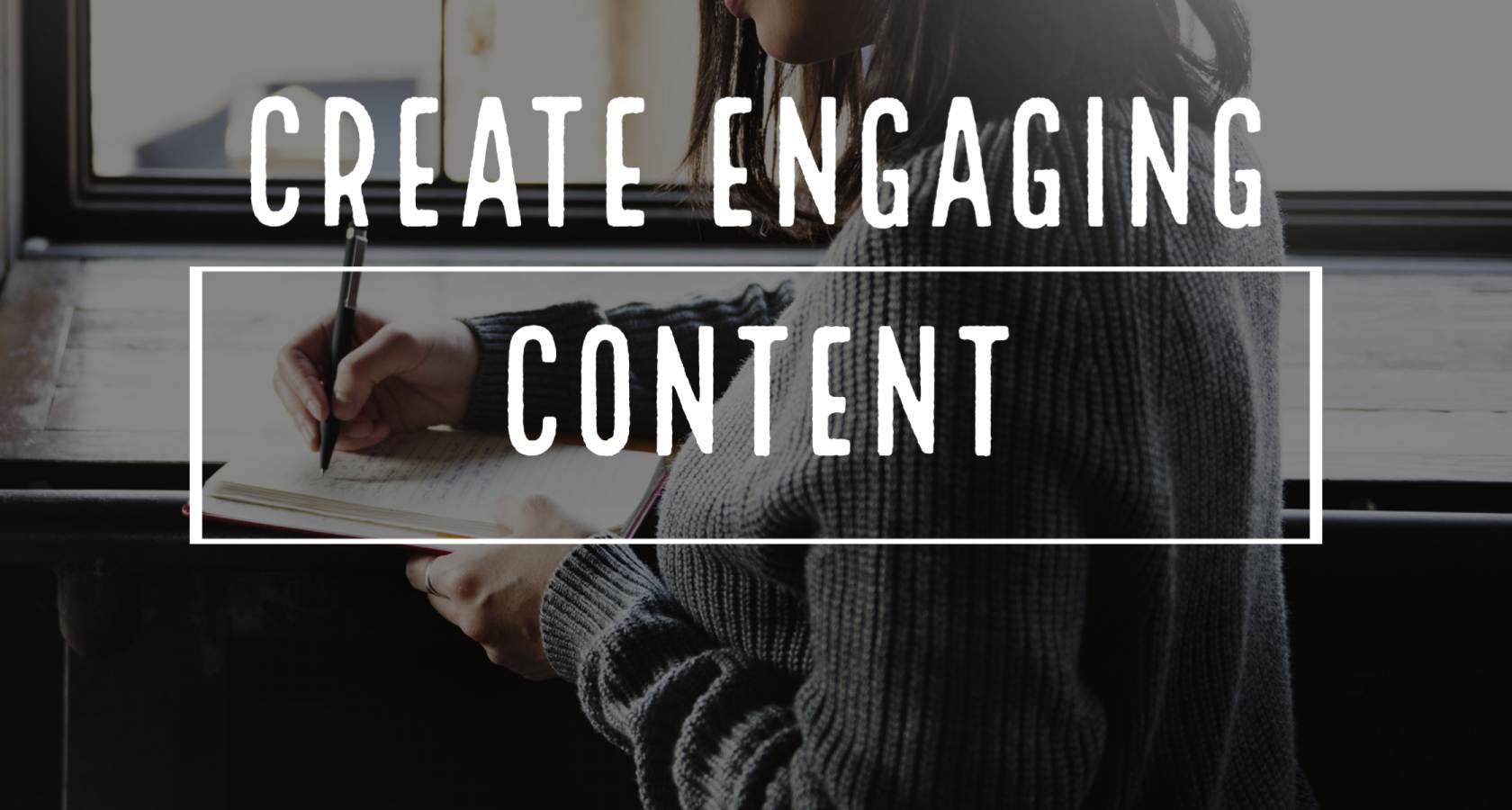Beyond Likes and Shares: 8 Benefits of Social Media Marketing for Nonprofits
Traditional marketing strategies like print advertising and direct mail campaigns are quite effective in promoting nonprofits. They are time-tested, and nonprofits have used them to create awareness about their cause and attract donations throughout the years.
But dismissing the potential of social media marketing for nonprofits would be overlooking a game-changing opportunity. Integrating social media channels with traditional marketing strategies can benefit nonprofits in many ways.
Here are the top benefits of social media marketing for nonprofits
1. It Increases Reach and Awareness
Social media platforms have billions of daily active users. For example, the platform that most nonprofits use, according to the Nonprofit Tech for Good survey, Facebook, has over 2 billion daily active users.
So, social media can increase the reach of nonprofit organisations(NPOs) far beyond their local community. It can help them raise global awareness about their missions.
Nonprofits can use social media to reach people globally at a fraction of the cost of using traditional methods.
If you create compelling social media content, your audience can share it with their family, friends, or online followers. If it is well received by your audience, social media algorithms put it in front of more eyes, causing a cascading effect that spreads across all platforms. You can also invest in paid content promotion to expand your reach.
Posting regularly creates awareness as your content will be regularly visible on the feed or timelines of your target audience. If you use consistent branding in your regular posts, you can create a solid identity for your organization, fostering trust among your audience. Your audience will be more likely to recognize and engage with your brand when they encounter your organization or its content outside social media.
With this increased reach, you can effectively communicate your mission and attract support to your initiatives and campaigns.
Also Read: Inspire, Inform, and Impact: Email Marketing for Nonprofits (Tips + Best Practices)
2. It Enhances Cost-Effectiveness
Traditional advertising methods for nonprofits can be costly. They involve expenses related to printing, distribution, advertising space, and other things that social media advertising doesn’t.
Traditional ads are also less effective at targeting, so nonprofits waste resources reaching a broad audience, including those unlikely to be interested in what they offer.
Social media advertising offers low-cost, flexible advertising options.
They are effective at targeting, so your messages reach people most likely to be interested in your cause.
You can promote your initiatives and projects for free by creating and sharing content organically without incurring direct costs.
Sharing visual content related to your mission and appealing to your followers to act can be very effective at convincing them to take action.
You can also tap into the viral nature of social media to reach a wide audience without the need for paid promotion.
Nonprofits with a limited budget can leverage social media marketing to promote their initiatives without substantial financial investments. They can also use analytics and tracking tools to track and improve the efficiency of their marketing efforts.
3. It Enhances Engagement and Interaction
Using social media in marketing allows nonprofits to have direct and real-time communication with their supporters through likes, comments, shares, and private messages.
Supporters can voice their concerns and ideas as nonprofits respond to their inquiries and express gratitude.
This level of interaction can help your nonprofit:
- Build relationships by establishing a sense of personal connection. It demonstrates your nonprofit values and appreciates its supporters.
- Cultivate a sense of community by creating a space where people can connect, share experiences, and find support.
- Enhance loyalty by making your audience feel valued and acknowledged. An engaged audience is likely to donate, volunteer, and advocate for your cause.
- Amplify your reach through engagement. Social media algorithms prioritize content with higher engagement. So, the more you interact, the more the people that see your posts.
Engagement and interaction help you cultivate meaningful relationships with your supporters, turning them into ambassadors of your organization.
4. It Facilitates Storytelling Through Impactful Content
You can share content in video, text, image, and other formats on social media. This allows you to create impactful content that leverages the power of storytelling.
Telling stories can evoke emotions, making the message more memorable, relatable, and meaningful to the audience.
They are also more effective at conveying complex messages and can influence and persuade more easily.
You can use multimedia elements like videos, images, carousels, and infographics to create immersive narratives that resonate with your audience.
Storytelling can engage, influence, and leave a lasting impact on their audience.
For example, you can share stories like what motivated your founders, your mission, your values, and the impact of your fundraising activities and campaigns.
They can evoke empathy, compassion, and a sense of shared purpose.
If you used traditional marketing methods, you would have to break the bank to create and share such stories.
Additionally, compelling stories and impactful content have the potential to go viral.
You can increase your reach exponentially as people engage with your content through likes, comments, and shares.
5. It Increases Fundraising Opportunities
As mentioned, social media has a vast user base.
Nonprofits can use it to extend their reach to potential supporters unaware of your organization or cause. The expanded reach increases the likelihood of attracting potential donors.
Social media also facilitates donor cultivation.
You can keep your audience updated and connected to your organization by regularly sharing updates, impactful content, and behind-the-scenes content.
It can create a sense of loyalty, nurturing donors and increasing the likelihood of repeat donations.
You can also raise funds through your supporters. Peer-to-peer fundraising allows your supporters to leverage their social networks to encourage their friends, family, and following to contribute to your cause.
They act as the fundraiser, sharing their story, motivations, and fundraising goals and posting updates.
Your job is to track the progress of each fundraiser and support and guide them throughout the campaign.
6. It Streamlines the Fundraising Experience
Many social media platforms have built-in donation features and tools designed for nonprofits.
For example, Facebook allows you to create dedicated fundraisers and donation buttons on Pages and posts and offers several other features and tools.
YouTube has giving tools like donation cards and live broadcast donations.
Other social media platforms with donation features and tools include Instagram, Twitter, and LinkedIn.
The donation tools and features allow supporters to donate directly through social media with a few clicks. It reduces barriers to giving and encourages more people to donate.
You should look into the tools and features different platforms offer to find the ideal one for your organization and cause.
7. It Facilitates Partnerships and Collaboration
Social media platforms allow nonprofits to collaborate and partner with like-minded organizations, influencers, and other parties aligning with their cause.
It can help them expand their reach by leveraging the influencers’ or organization’s social media following.
This increases their chances of attracting new supporters and potential donors.
Collaborating with businesses that align with the nonprofit’s cause can result in cause-related marketing campaigns.
It involves businesses contributing a portion of their profits to the nonprofit or engaging in promotional activities to drive awareness and donations.
This increases the credibility and visibility of the nonprofit.
8. It Facilitates Real-Time Feedback and Insights
Nonprofits with social media marketing can receive comments and messages from their followers.
They can monitor and respond to these interactions and use them as feedback on their initiatives and programs.
Nonprofits can also use social listening tools.
Social listening is monitoring social media platforms for mentions, keywords, and discussions about the organization and its cause.
Social listening tools can help nonprofits track conversations, trends, and sentiments surrounding their organization and relevant topics. It can give them valuable insights into public opinion, preferences, and experiences.
The information gathered through social media can be used to refine their overall marketing strategies. They can tailor their campaigns, content, and messaging to align with their audiences’ expectations to improve the impact of their marketing efforts.
Through social media marketing, nonprofits can stay connected with their audience, understand their needs, and ensure their initiatives align with the sentiment and expectations of their supporters.
Quick tip: Working with a marketing team can help you reach your nonprofit content creation and marketing goals faster.
Unlock the Power of NonProfit Social Media Marketing
Traditional marketing methods like print advertising and direct mail are powerful and reliable.
That’s why many nonprofits rely on them.
But nonprofits should integrate them with social media and other forms of digital marketing.
Doing so can increase reach and awareness, reduce marketing expenses, enhance engagement, increase fundraising opportunities, and streamline the fundraising experience.
However, social media marketing is only a part of the digital marketing whole.
Digital marketing encompasses various online channels, including social media, email marketing, SEO, pay-per-click advertisements, influencer marketing, and more.
Social media works with other digital marketing channels and strategies to create a comprehensive and integrated approach.
To launch a successful social media marketing campaign, you need a comprehensive strategy covering the entire digital marketing branch, from social media marketing to SEO.
Zoey Writers can help you create a comprehensive social media strategy for your digital campaign.
Our team creates powerful, persuasive content that reflects your values, speaks to your audience, and drives them to offer more support to your NPO.
Contact us to learn how we can help you create your nonprofit’s social media marketing campaign.
More tips for winning support for your nonprofit:
Grant Writing: Persuasive Tricks That Get You The Funds
Where to Hire Grant Writers: 4 No-Stress Places to Find Grant Writers
Show Me the Money: Everything You Need to Know About Grant Writing
Why Should You Outsource Grant Writing? 6 Benefits to Know About
Photo by Alexander Shatov on Unsplash

















